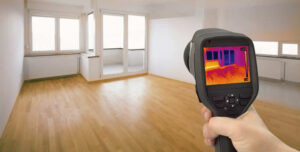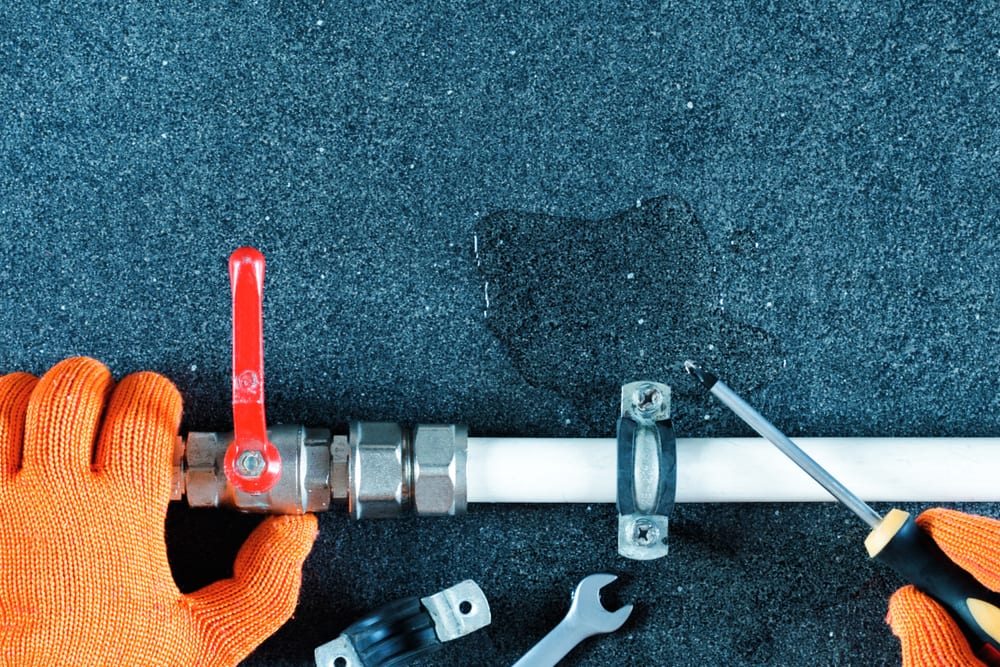Have you been trying to find tips about Leaking water lines?

Early discovery of dripping water lines can reduce a potential calamity. Some small water leakages may not be noticeable.
1. Analyze the Water Meter
Every house has a water meter. Inspecting it is a surefire way that aids you discover leakages. For starters, shut off all the water resources. Make sure no person will purge, make use of the faucet, shower, run the washing maker or dishwasher. From there, most likely to the meter and also watch if it will alter. Considering that no person is using it, there should be no motions. If it relocates, that shows a fast-moving leak. Also, if you find no changes, wait a hr or 2 as well as examine back once more. This means you might have a slow-moving leak that might even be underground.
2. Check Water Usage
Assess your water bills as well as track your water intake. As the one paying it, you must observe if there are any kind of discrepancies. If you identify sudden changes, regardless of your intake coinciding, it means that you have leakages in your plumbing system. Bear in mind, your water costs should drop under the same array monthly. An abrupt spike in your expense shows a fast-moving leak.
A steady boost every month, also with the very same practices, reveals you have a slow leakage that's additionally slowly intensifying. Call a plumber to thoroughly examine your building, particularly if you really feel a warm location on your floor with piping below.
3. Do a Food Coloring Test
30% comes from toilets when it comes to water usage. Test to see if they are running appropriately. Decrease flecks of food color in the container and also wait 10 mins. There's a leak between the container and also bowl if the color in some way infiltrates your bowl during that time without flushing.
4. Asses Outside Lines
Do not fail to remember to inspect your outside water lines also. Test spigots by connecting a yard tube. Must water permeate out of the link, you have a loose rubber gasket. Replace this and make sure all links are limited. It will help obtain it properly took a look at and maintained each year if you have actually obtained a sprinkler system. One tiny leakage can lose tons of water and increase your water expense.
5. Check and Examine the Situation
Property owners need to make it a habit to inspect under the sink counters and also also inside cabinets for any type of bad odor or mold and mildew development. These 2 red flags indicate a leakage so timely interest is required. Doing regular evaluations, even bi-annually, can save you from a significant issue.
Inspect for discolorations and also compromising as the majority of home appliances and pipelines have a life expectancy. If you presume dripping water lines in your plumbing system, don't wait for it to intensify.
Early discovery of leaking water lines can reduce a possible disaster. Some tiny water leakages might not be visible. Checking it is a guaranteed method that aids you uncover leakages. One tiny leak can squander heaps of water and also increase your water costs.
If you believe dripping water lines in your plumbing system, don't wait for it to intensify.
WARNING SIGNS OF WATER LEAKAGE BEHIND THE WALL
PERSISTENT MUSTY ODORS
As water slowly drips from a leaky pipe inside the wall, flooring and sheetrock stay damp and develop an odor similar to wet cardboard. It generates a musty smell that can help you find hidden leaks.
MOLD IN UNUSUAL AREAS
Mold usually grows in wet areas like kitchens, baths and laundry rooms. If you spot the stuff on walls or baseboards in other rooms of the house, it’s a good indicator of undetected water leaks.
STAINS THAT GROW
When mold thrives around a leaky pipe, it sometimes takes hold on the inside surface of the affected wall. A growing stain on otherwise clean sheetrock is often your sign of a hidden plumbing problem.
PEELING OR BUBBLING WALLPAPER / PAINT
This clue is easy to miss in rooms that don’t get much use. When you see wallpaper separating along seams or paint bubbling or flaking off the wall, blame sheetrock that stays wet because of an undetected leak.
BUCKLED CEILINGS AND STAINED FLOORS
If ceilings or floors in bathrooms, kitchens or laundry areas develop structural problems, don’t rule out constant damp inside the walls. Wet sheetrock can affect adjacent framing, flooring and ceilings.
https://www.servicemasterbyzaba.com/blog/how-to-detect-water-leakage-in-walls/

I was made aware of that report about Hacks to detect leaks through a friend on a different website. Liked our blog? Please share it. Help other people locate it. Thanks a bunch for your time. Don't forget to check our blog back soon.